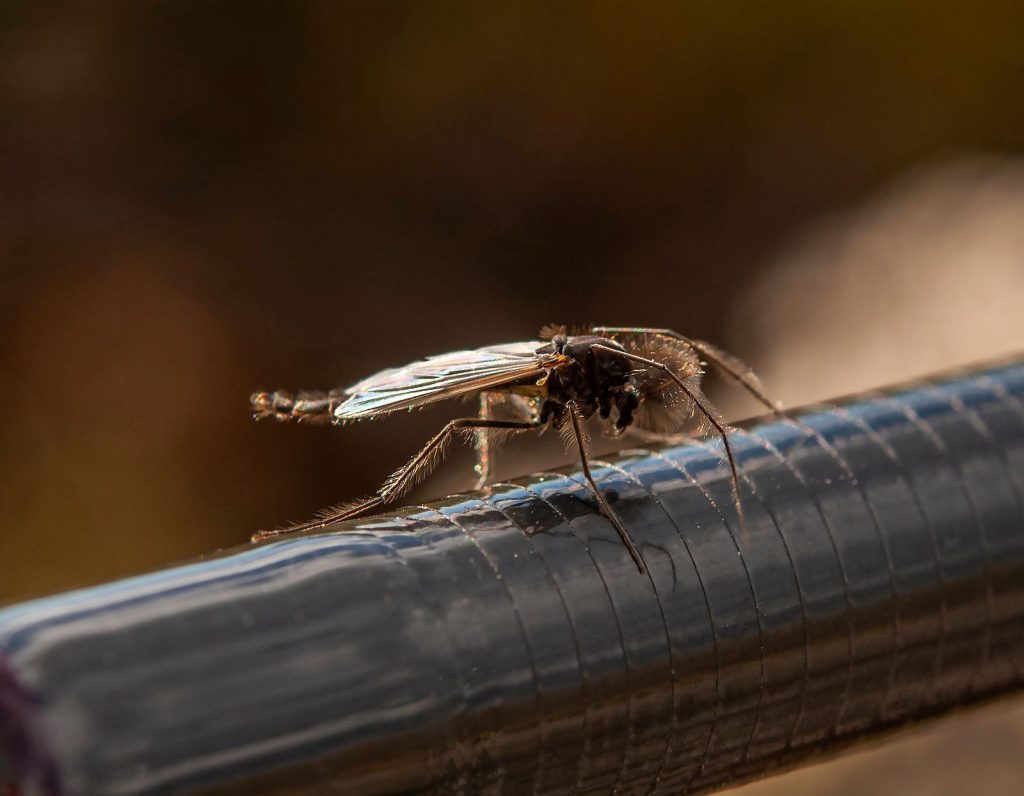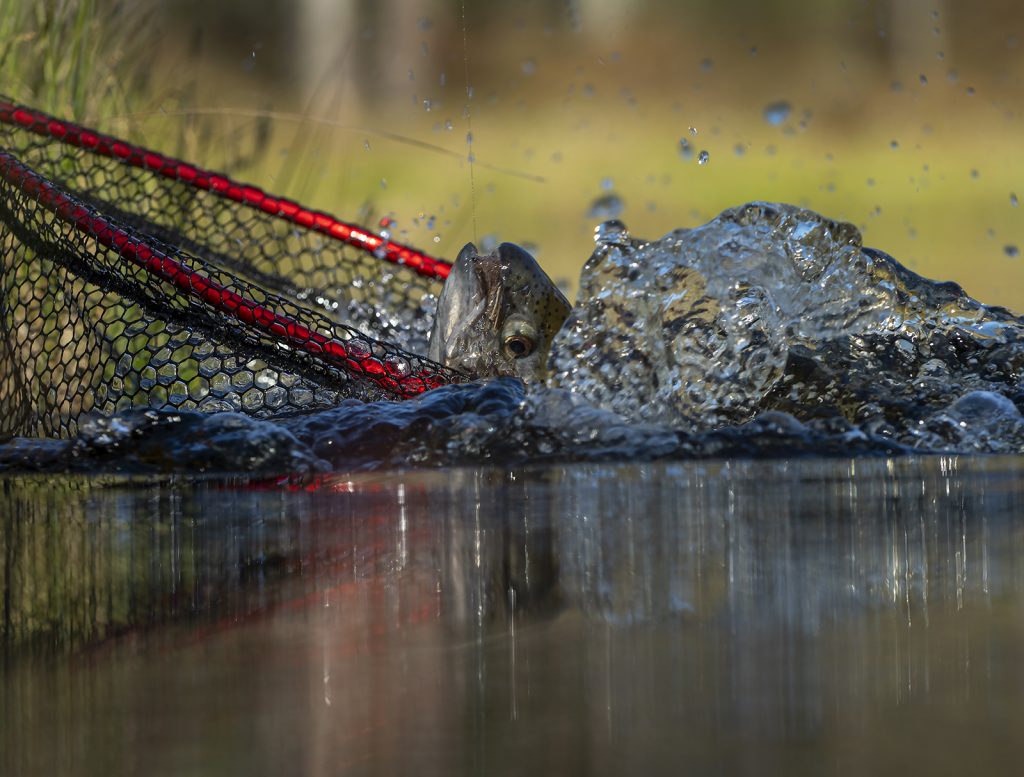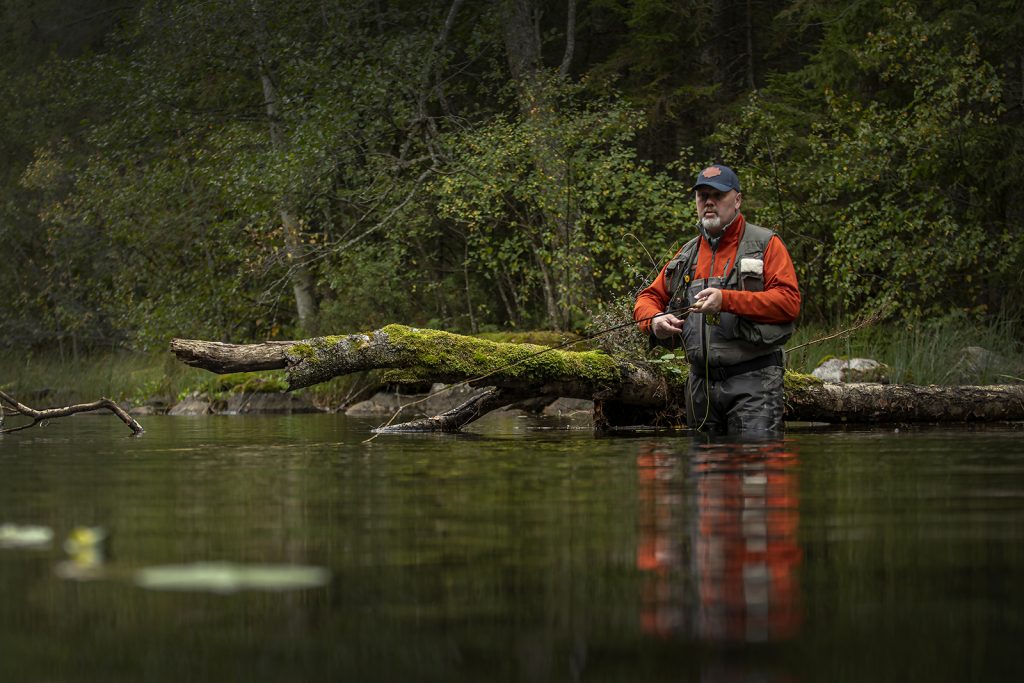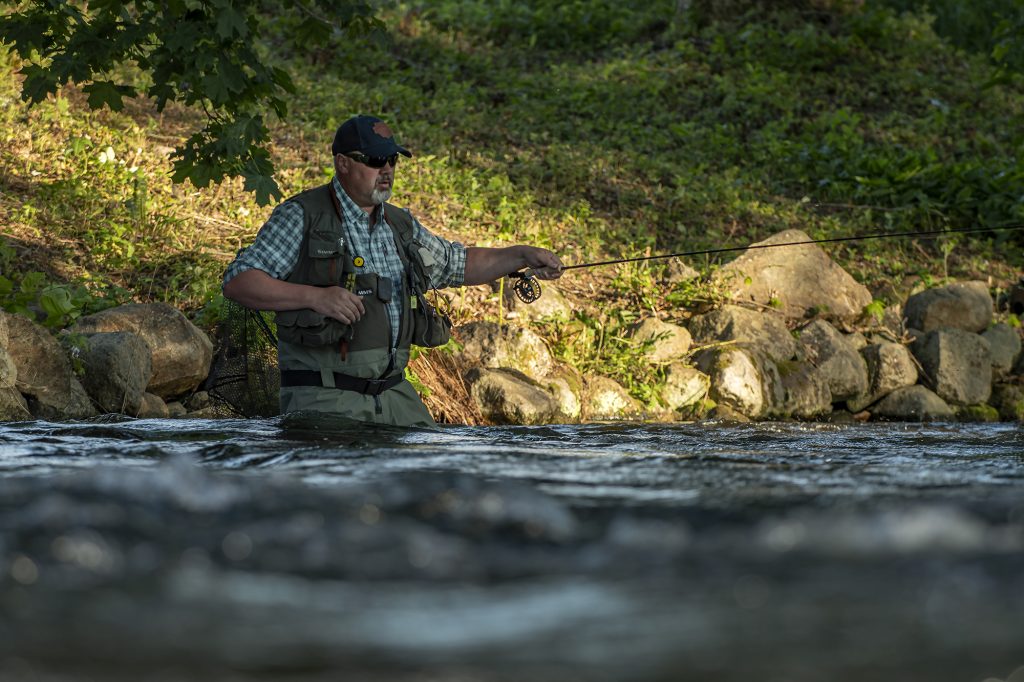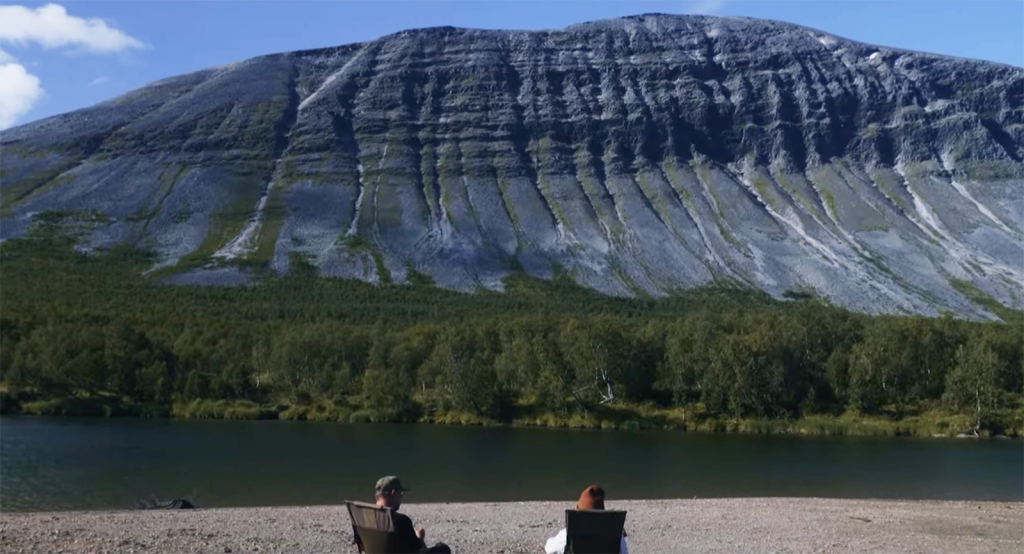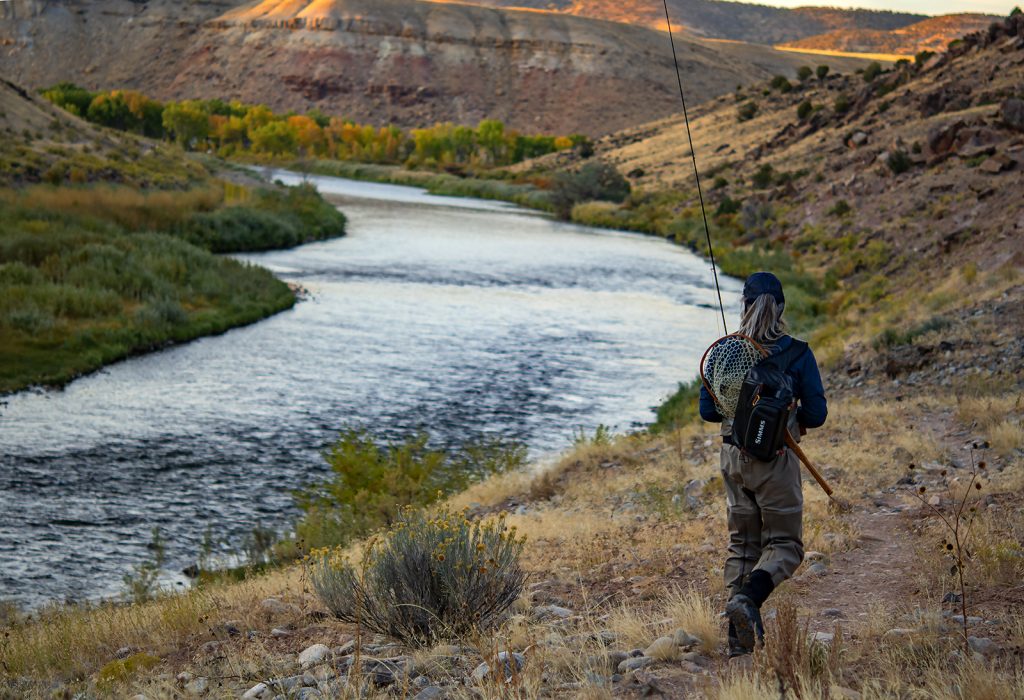
It’s the middle of August and some of us (myself at least) are looking forward to cooler weather and autumn fishing. Autumn is by far my favourite time of year and has plenty to offer in terms of fishing. One thing that some tend to overlook is the fact that hatches of both may flies and caddis can pick up a little and offer some surface action. At this exact time, I’d concentrate my effort in the evenings and early night. Just as sea trout, big browns like big flies fished just under the surface (just letting you know).
Continue reading “Burned Wings”
